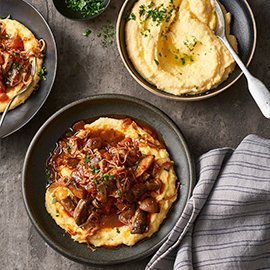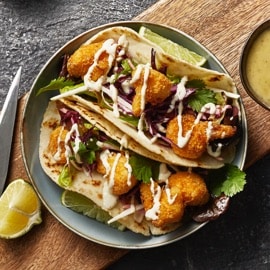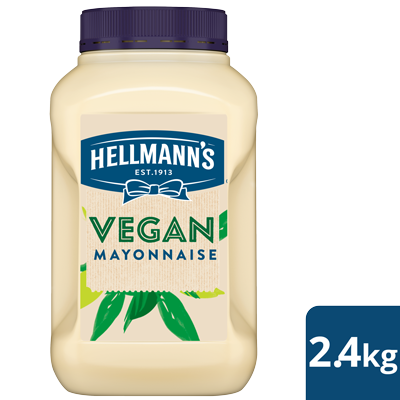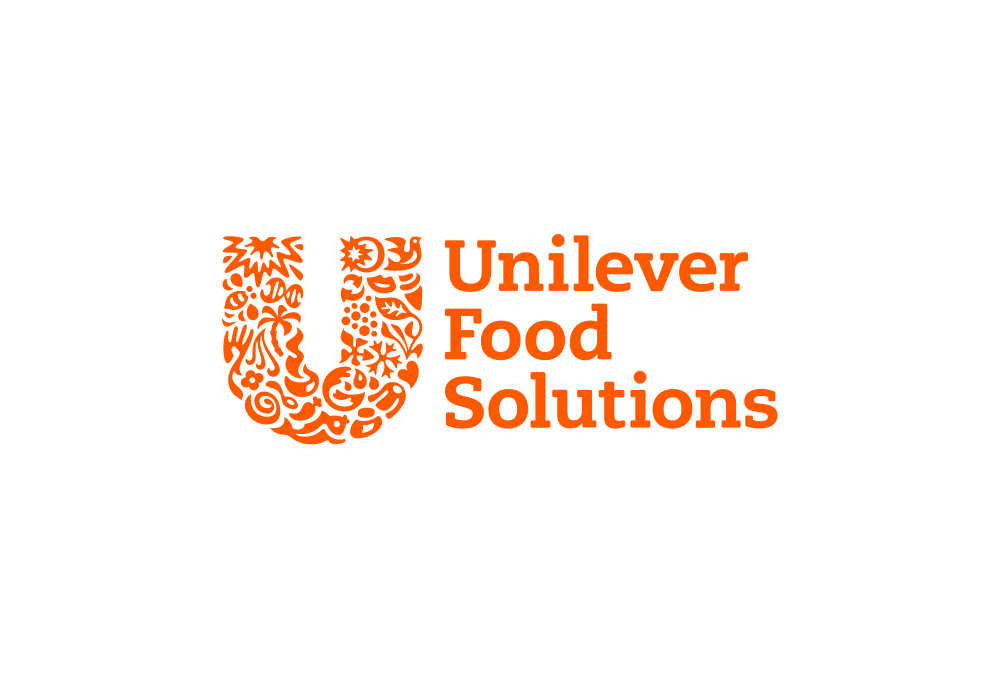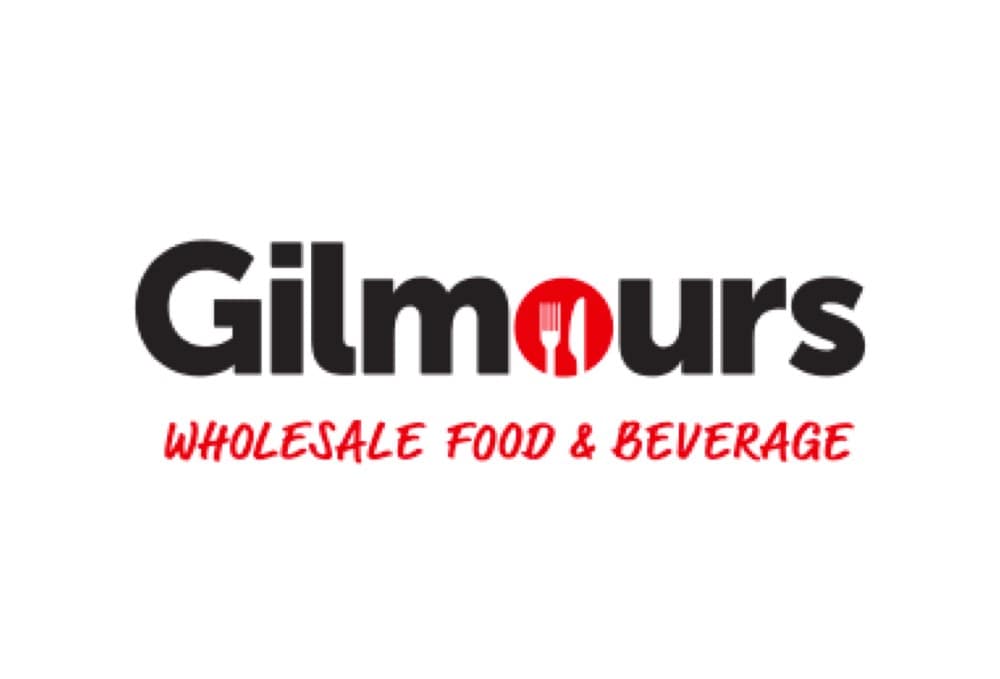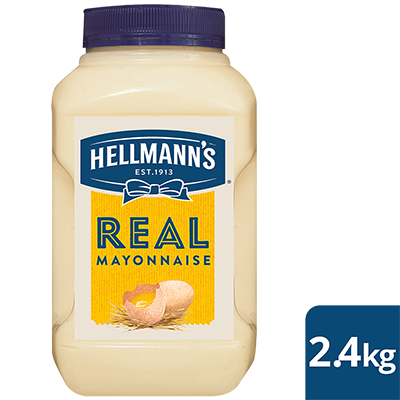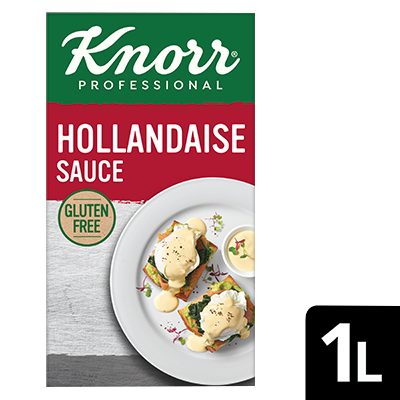Posted on Monday, 5ᵗʰ October, 2020
Edited on Wednesday, 23ʳᵈ November, 2022
Plant-based eating is on the rise – want to tap into the trend? Find out what plant-based eating can mean for your menu and how you can shout about it to your customers.
With some diners looking to cut back on the amount of meat they eat, it’s time to take a long look at your menu – are you providing the right options to cater to this shift? And do they stand out well enough?
A proportion of your diners may already be avoiding meat for religious or ethical reasons, and others for the impact on the environment. Also, since Covid-19, people are increasingly focussed on their health.


Don’t separate your vegetarian and vegan choices in a different section, as that can make meat-eaters skip the section altogether. Instead, integrate them into the regular menu and make ordering meat-free dishes simple by labelling the vegetarian and vegan dishes on your menu. You can do this easily with symbols and a key. Alternatively, you can design your dishes to be flexible to allow you to simply remove a meat item from the final dish if a diner asks for it!
The same applies to the online world – don’t forget to update your menu on your website and social channels so that anyone researching menu options beforehand knows they will be catered to.

This is not as challenging as you think! Yes, you’ll lose some weapons in your cooking arsenal that give food richness and texture – butter, cream, and eggs for example – but this is an opportunity to rethink your approach. Teach your staff the difference between vegetarian and vegan dishes too, so they can confidently advise your customers. They need to know that they can trust you.
So what is vegetarian vs vegan?
Vegetarian means eating plant-based foods, with no meat, poultry or seafood
- There are a few different types of vegetarians:
- Ovo-lacto (or lacto-ovo) vegetarians eat eggs and dairy
- Lacto vegetarians eat dairy foods
- Ovo vegetarians eat eggs
- Pescetarians eat fish
- Vegan means eating plant-based foods only, and is free from all meat & seafood, as well as all animal products and all animal-derived products, such as dairy, eggs and honey. Animal products can come in many surprising forms, including gelatine-based products commonly used when cooking.
- Semi-vegetarian/flexitarian means eating mainly plant-based foods, with occasional meat as well


Meat-free is mainstream! If you want to shout about your evolving menu, you can run special events such as ‘Meatless Mondays’ or have a month where you promote (and discount) vegan dishes to draw attention to what you’re doing.
Try to include at least one vegetarian or vegan option in your specials or limited time offerings. Let them take pride of place in your main menu. Add meatless dishes to your chalkboard outside the premises to help drum-up passing patrons.

‘Plant proteins’ have become a bit of a buzzword, so where you can, shout it out on your menu. You can also draw attention to other plant-based benefits such as the calorie count, or that your plant protein is low fat or contains ‘heart-healthy’ fats. This might really swing it for some diners.


Some diners going meat-free will still want the taste and texture of meat. There are loads of new and not-so-new 'meat-alternative' products available that make for pretty convincing meaty burgers and sausages, ‘chicken’ and deli-style ‘meats’, such as tofu, tempeh, seitan, and soy chunks. This is a plus point, not something to hide – so promote it on your specials, and through your social media. You can also use ingredients with a naturally ‘meaty’ texture, such as pulses, mushrooms, eggplant and jackfruit.

In your menu titles and descriptions, go big on the lip-smacking tastiness of what you’re offering! Put some time into wording your dishes well – try to tease the diner with your descriptions. Remember, however delicious your dish is, if it doesn’t sound appetizing on paper, it won’t convert to orders. For this reason, have an outside party review your written menu to make sure it’s as captivating as it can be. And while the health-factor is definitely a draw for some, not everyone is looking for the low-calorie virtuous option when they eat out. Any health benefits should be presented as an added bonus.
Click here for the latest Food Photography tips.


Going meat-free does not mean losing out on flavour, or putting lots of extra work in. Get some inspiration on how to add deep, complex flavour using Knorr Intense Flavours and make use of quick-fix products that will add irresistible flavour, such as Hellmann’s Vegan Mayo that make your plant-based cooking shine.

It’s important to have an online presence for your foodservice venue and to make sure your customers can not only find you digitally, but that they enjoy the experience as much as they would physically.
Find resources for practical marketing tips & advice for your foodservice business: from building your brand on social media and using technology to grow your business, to driving visitors to your website and perfecting your food photography.
"The content of this article is intended for inspiration purposes only. It is not intended as clinical, medical or nutritional advice."

Top recipes
-
Miso Marinated Tofu Bowl -
Smoked Tofu Burnt Ends -
Zucchini Fritter Burger -
The Earth Burger -
Char Grilled Vegetable Burger -
Hi-Jack Benny -
Wild Shrooms Ragu with Polenta -
Kimchi loaded Fries -
Crispy Fried Cauliflower Tacos -
Wrapped in Rye -
Portuguese Peri Benny -
Fresh Benny Bowl -
Vitality Egg Bowl -
Mushroom Fettuccini, Balsamic Glaze
Related Products
Log in or Create an account to access:
- Get access to this content
- Discover the latest culinary trends
- Explore and save your favourite recipes
- Watch free video training courses for chefs








